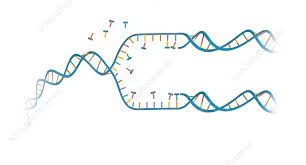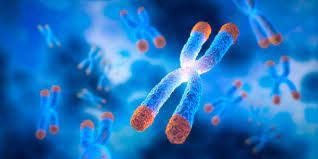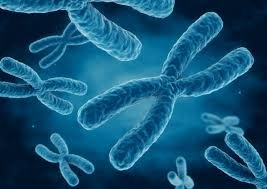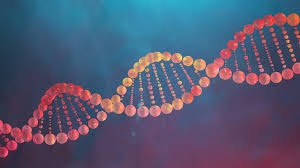
Introduction DNA replication is the biological process by which a cell makes an identical copy of its DNA before cell division. It ensures that each daughter cell receives the same Read More …
Simplifying Allied Health Learning.

Introduction DNA replication is the biological process by which a cell makes an identical copy of its DNA before cell division. It ensures that each daughter cell receives the same Read More …

Introduction Satellite DNA refers to repetitive, non-coding DNA sequences that form distinct “satellite bands” when genomic DNA is separated by density-gradient ultracentrifugation. First described by Yasmineo and colleagues (1960s) when Read More …

Introduction Chromosomes are thread-like structures present inside the nucleus of every living cell. They are made up of DNA (deoxyribonucleic acid) and proteins, mainly histones, which help in packaging the Read More …

Topoisomerase DNA is not just a straight ladder — in the cell, it’s supercoiled, twisted, and packed tightly. Whenever DNA is opened (for replication, transcription, or repair), the double helix Read More …

Introduction DNA, or Deoxyribonucleic Acid, is the fundamental molecule that carries genetic information in all living organisms, from the simplest bacteria to complex plants and animals, including humans. It is Read More …